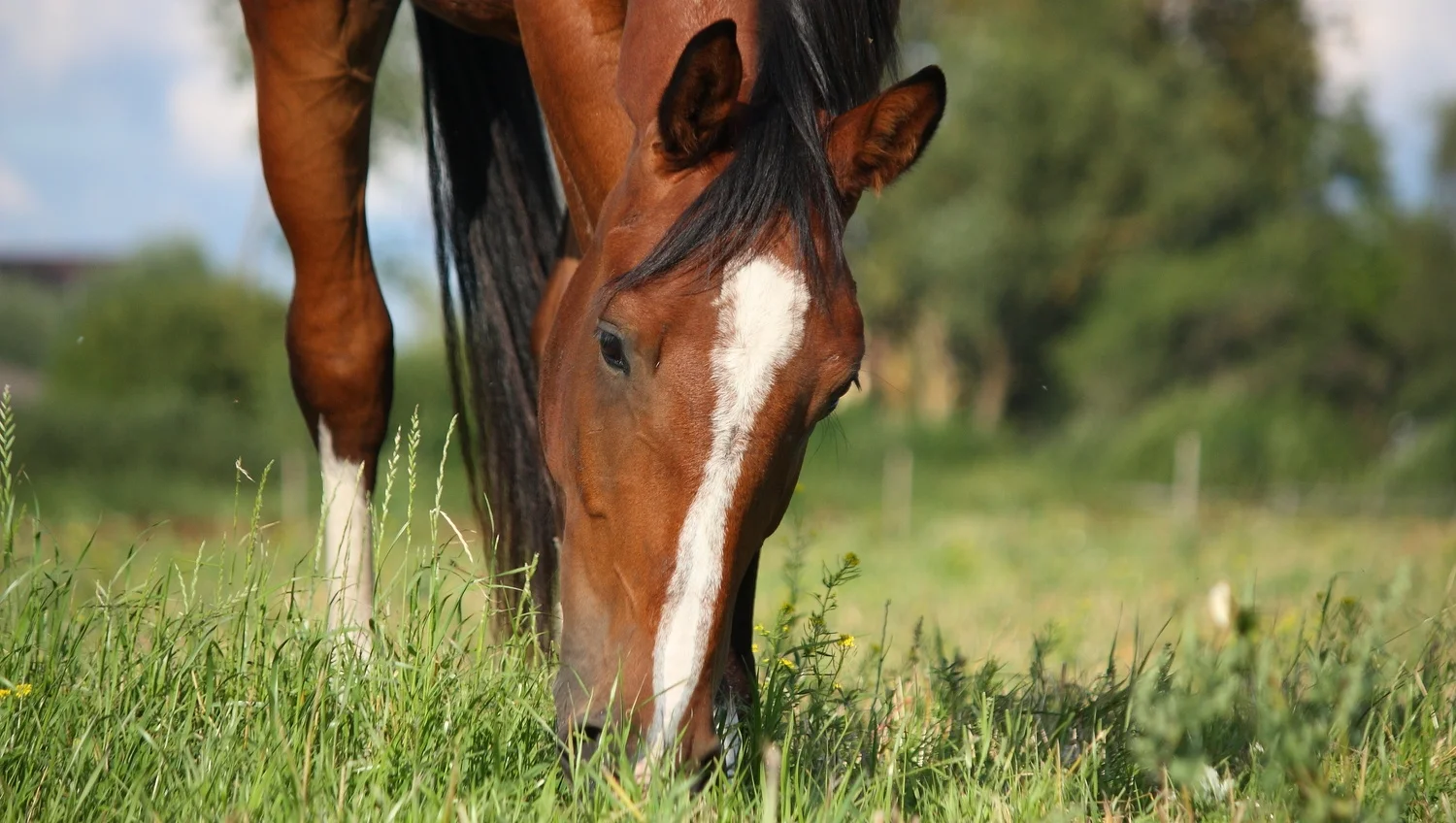The amount of muscle a horse has is directly proportional to the amount of power those muscles can generate, so it is little wonder that strong, muscular yearlings are attractive to buyers. Much of the feeding and exercise undertaken during the sales preparation of yearlings is focused on increasing muscle mass. It is well known that protein in the diet is important to support muscle growth, but the key to really driving muscle development is in the quality of the protein you use, because not all proteins are created as equal.
What is protein?
Protein is a major component of all tissues including muscles in the body, and is also a part of hormones, enzymes and antibodies. By weight, protein is the second most abundant compound in the body behind water.
Proteins are long chains of small molecules called amino acids. As a good analogy, think of amino acids as train carriages that join together with other amino acids to form a protein ‘train’.
The amino acid puzzle
There are 21 known amino acids which can be joined together in almost limitless combinations to form proteins. Up to 9 of these amino acids can be manufactured by the horse in its body, so they are known as non-essential amino acids. The remaining 12 amino acids are termed ESSENTIAL amino acids. These amino acids cannot be manufactured by the horse and must be supplied in the diet.
Protein quality
The quality of a protein is determined simply by how well the amino acids it contains meets the needs of a horse for these amino acids. Therefore the amino acid profile of a high quality protein closely matches the amino acid needs of a horse while low quality proteins are mismatched with a horse’s requirements.
The 3 most limiting amino acids in the equine diet (meaning the amino acids that are likely to become deficient first and limit a yearling’s ability to build muscle) are lysine, threonine and methionine, so the amount of these amino acids in a protein is often used to indicate quality.
All the right ingredients for muscle growth
For muscles to grow, the amount of protein being made from amino acids and laid down as new muscle fibre needs to outweigh the amount of muscle tissue broken down to supply amino acids for other functions in the body. A diet that provides high quality protein with plenty of the essential amino acids will ‘feed’ muscles the amino acids they need to grow AND supply the rest of the body with essential amino acids, reducing the need for muscle breakdown. The net result is muscle growth.
There are of course many other nutrients needed to support muscle growth including energy, zinc and vitamin B6. So to really support effective muscle development, yearling prep diets need to be balanced with the correct ratio of energy to protein (too much energy and not enough protein will result in fat, poorly muscled yearlings, too much protein and not enough energy will result in lean, hard yearlings and a very expensive diet), and the right balance of vitamins and minerals.
Know your protein
Different feeds contain different levels of essential amino acids and thus vary in ‘protein quality’. Cereal grains like oats, corn and barley contain lower quality protein than legumes such as soybean, lupins and faba beans. Co-products like copra meal and rice bran sit in the middle with lower quality protein than legumes, but better quality protein than cereal grains. Of the commonly used protein ingredients in horse feed, heat treated cottonseed meal contains the lowest quality protein of all. Soybean contains the highest concentrations and best combination of many of the essential amino acids and is thus touted as the best quality vegetable protein available.
What to look for in a yearling prep feed
Yearling prep feeds should always contain ingredients with high quality protein to feed the muscles. Look for feeds made with full fat soybean, soybean meal, canola meal, lupins and/or faba beans. Avoid feeds that use cottonseed meal or unnamed ‘vegetable protein meals’ as the protein quality in these feeds is likely to be low and variable. Ideally the feed should contain consistent sources of protein in every batch of feed with specific ingredients listed on the label. Feeds that indicate ‘ingredients are selected from’ will be made using a least cost production method so the ingredients and therefore protein quality can change from batch to batch which is not ideal for yearlings during a sales prep.
Dr Nerida Richards
Equilize Horse Nutrition Pty Ltd
For full details on these diets or a custom diet formulation of diets for your specific circumstances, contact Pryde’s Pty Ltd on 1300 732 267 or go to our Feed Selector



